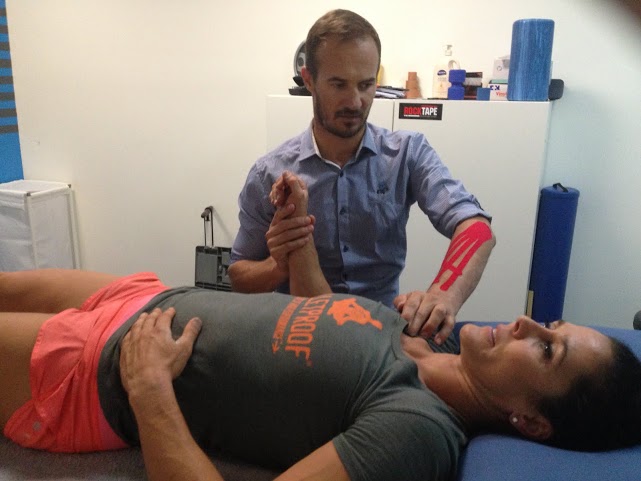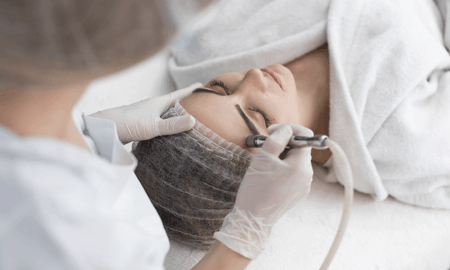
“Regenerative medicine” refers to the current technology and research used to revive and/or replace damaged or dead tissue. However, many other resources are employed to achieve the goal of this research.
Some examples may include scaffolds, transplants, electronics, machinery, biomaterials, stimulation pathways, scaffolds, and various therapies like those offered by Total Stem Cell.
How significant are stem cells in treatments?
For starters, stem cells are important in developmental biology because they can differentiate into numerous cell types, thanks to their regeneration capabilities. Second, stem cells may be used to develop new medications.
Scientists can keep differentiated cell types that can be used to test drugs as they understand more about how stem cells produce new tissue. This technology is already utilized in cancer research to evaluate anti-tumor and chemotherapy medications.
The use of stem cells in CBT is significant for both patients and researchers. This would eliminate difficulties like rejection and tissue insufficiency.
While stem cell research and therapy face challenges, researchers are hopeful that novel discoveries will allow cell-based medicines to become a reality in the following decades.
Kinds of stem cell-based treatments
1. Hair restoration
The stem cells utilized to restore hair are generated entirely from the patient’s body. Rest assured that your doctor won’t employ umbilical, embryonic, or third-party stem cells in the procedure.
The stem cell hair restoration technique starts with a few ounces of fat being extracted from the patient’s abdomen through a form of “mini” liposuction surgery.
After the patient’s abdomen fat is removed, the stem cells are separated using an advanced centrifuge (“spinning down”) procedure.
Your doctor will reinsert the stem cells into the scalp by injecting a saline and stem cell mixture once they have been extracted and purified.
A topical anesthetic may be administered to assure the patient’s absolute comfort throughout the stem cell re-injection procedure.
It simply takes around 20 minutes to remove the fat. While the stem cells are being prepared, the patient may rest, sleep, read, or check their phone.
The re-injection usually takes around an hour, depending on the size and quantity of places to be treated. The total stem cell hair restoration procedure should take no more than 2 to 3 hours.
2. MLS Laser Therapy
Multiwave locked system (MLS) laser therapy is FDA-approved for treating inflammation and pain. Dual infrared light wavelengths are employed in medicine to penetrate deep into tissues and bones.
This procedure stimulates cell regeneration, allowing for new tissue growth. Your blood circulation will be improved with this treatment, enabling pain alleviation and healing.
In general, this therapy is reserved for:
- Neurological issues
- Ligament injuries
- Musculoskeletal pain
- Tendon injuries
- Other degenerative joint conditions
MLS laser treatment is known for its relaxing effects. Some say it’s like a warm massage, and they feel calm afterward.
While you should see benefits following the initial MLS laser therapy session (15 minutes), it may take 1-3 visits to get full effects. Most people feel better and have less inflammation and pain after each treatment.
Depending on the size and injury of the treatment region, 2-3 sessions per week for 6 weeks is frequently advised for maximum outcomes. A medical practitioner that’s highly trained in this field will create a personalized treatment plan for each patient.
You should arrange a consultation online or book an appointment with your doctor to learn more.
3. Stem cell transplantation
Stem cell transplantation (SCT) is a method in which healthy stem cells are delivered to a patient to replace damaged stem cells.
The medicines often include high doses of radiation or chemotherapy. This vigorous therapy is required to effectively cure cancer and allow new cells to develop in the bone marrow.
This therapy is myeloablative or ablative because it affects the bone marrow, which produces the bulk of our blood cells in this area.
The bone marrow must be depleted entirely for the new stem cells to develop.
A central venous catheter gives the marrow transplant after radiation or chemotherapy. It’s like getting a blood transfusion when you put bone marrow into your body. As a result, stem cells multiply and form new blood cells.
Care is then offered to prevent and cure infections, adverse effects, and problems. Regular blood tests, careful monitoring of fluid intake and output, safe and clean environment, vital signs, and daily patient weighing are all part of this regimen.
Most patients see the days leading up to the transplant as undesirable. Day zero is the day of the transplant wherein engraftment and post-transplant recuperation have been recorded.
Patients may be admitted to the hospital after eight days for a preparing program, for example. Challenges and hazards are inherent at every stage of the transplant process.
The patient’s family and the patient’s physician discuss the days leading up to the patient’s discharge to appreciate better the risks involved.
Takeaway
Traditional medical treatments like medications, surgery, or steroid injections were formerly the primary alternatives for relieving chronic pain. Still, their therapeutic benefits waned with time owing to side effects or tolerance.
Fortunately, scientific data supporting regeneration therapies have made it possible to alleviate your persistent pain. At this point, you could even restore mobility and quality of life if your own body tissues begin to mend themselves.


















Follow Us